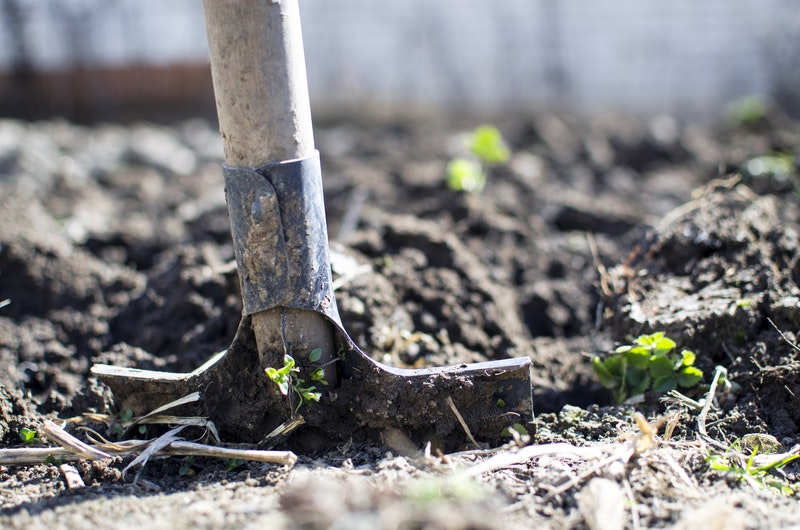Want to have a vegetable garden by buying young plants? Yes, that is possible but you will have a much wider range of options if you start your own plants from seeds indoors. Not only is it cost effective, but the options of seeds you can buy will be much larger. This will allow space for curiosity and experimentation with more and different flavors, shapes and colors. If you live in the United States where seasons exist, it will be crucial that you start some plants inside before it actually gets warm outdoors.

Many delicious flowers and vegetables like tomatoes, peppers, and squash are native to places like Mexico and Central America. Places like Mexico and Central America have extended hours of sunlight and much kinder temperatures than in the United States. This applies also to flowers. Spending time indoors allows them to flower in your garden and not begin mature stage right away.
Knowing When to Plant Seeds
If this is your first experience starting seeds, don’t take on to much. Picking up seed packets is fun and exciting until you’re stuck at home with a dozen plants that you know nothing about. It’s important that you learn the basic basic steps to seed starting, learn about containers, light, warmth, and water.
Choosing the right container is often the reason for failure when starting to garden. We recommend using seed starting kits because they already have everything you need to be successful. If you are one step above that, we recommend buying biodegradable pots as they break down in the soil. You can plant them right in the garden when ready and avoid disturbing the plant’s roots. If you are a crafter, build your own with newspaper.
In general, you can bend the rules when starting indoors but knowing when to plant vegetables is dependent on your state. Most states vary drastically so the United States is covered in zones 3-9 with Zone 3 with being the coldest of all garden zone and Zone 9 having a long growing season with hot summers.
Tips for when and how to plant seeds:
- Make a list of what you want to grow
- Be ready for losses
- Consider getting a grow light
- Get a friend to help
- Clean containers
- Stay organized/label containers first
- Research planting calendar for vegetables and flowers
Pruning Plants
Once you’ve passed the hard and long task of growing plants, it’s time to prune them. A majority of plants look healthier if given regular prunings. Pruning encourages new and healthy growth. While the general rule is to prune your plants annually, the real tip is to know your plants.
If you have flowering and fruiting plants, they like to be pruned while they are dormant, that is in late winter or early early. Unlike spring blooming trees and shrubs which will need to be pruned right after flowering. And of course, other plants will need to be pruned continually to remain alive and healthy. Some don’t need to be pruned at all like Evergreens.
Pruning requires proper tools. You need sharp and clean tools to make the entire process fast and easy. Basic tools are hand pruners, loppers, sheares, and saws.